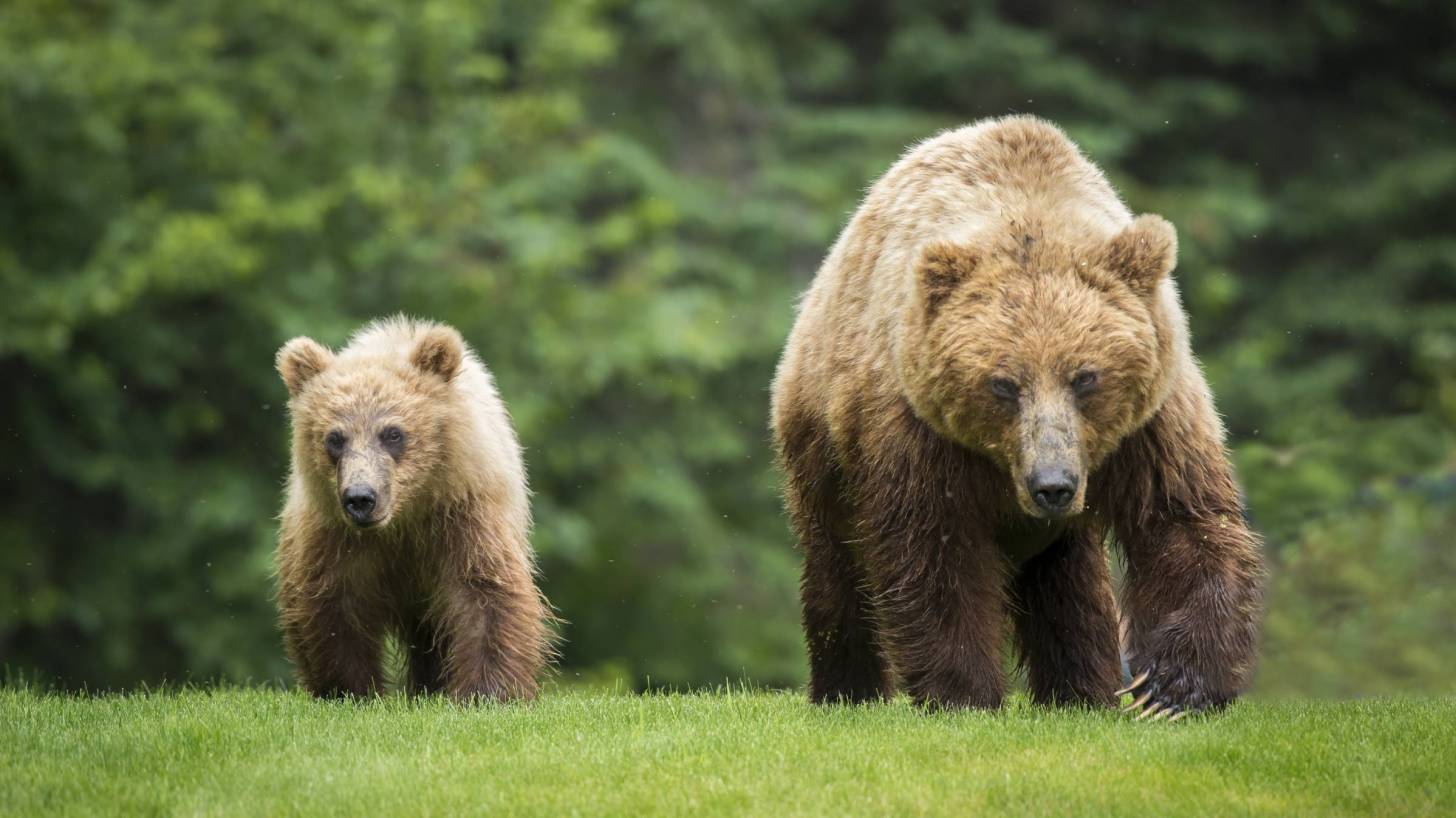More Bears Infected with Bird Flu

The Montana Fish, Wildlife, and Parks (FWP) recently confirmed three juvenile grizzly bears tested positive for the highly pathogenic avian influenza (HPAI) virus during the fall of 2022.
These were the first documented cases of HPAI in grizzly bears in Montana.
The three bears were observed to be in poor condition and exhibited disorientation and partial blindness, among other neurological issues.
They were euthanized due to their sickness and poor condition.
“We suspect these mammals probably get the virus from consuming infected birds,” said FWP Wildlife Veterinarian Jennifer Ramsey in a press release on January 17, 2023.
In its recent mammal update, the United States Department of Agriculture (USDA) Animal and Plant Health Inspection Service reported four detections from three states involving three bear species in 2022.
For example, the State of Alaska recently reported an infected brown bear cub on Kodiak Island, and a black bear in southeast Alaska in June 2022.
As of January 18, 2023, the USDA list includes about 110 H5N1 detections in mammals (skunks, bears, raccoons, red foxes) confirmed in 2022.
Avian influenza (AI) virus is a naturally occurring virus in birds. AI viruses are classified into two groups. The HPAI virus is highly infectious and fatal to poultry and some species of wild birds.
The USDA website says the Eurasian H5N1 strain appeared in North America in January 2022 and has affected 47 states, leading to the loss of over 57.8 million birds as of January 17, 2023.
Furthermore, HPAI viruses impact people too.
The World Health Organization (WHO) reported on January 18, 2023, that human infection with avian influenza viruses is usually the result of direct or indirect exposure to infected live or dead poultry or contaminated environments.
Over the past year, seven human infections have been reported.
Currently, available epidemiological and virological evidence suggests that influenza A(H5) viruses have not acquired the ability for sustained transmission among humans.
Thus the likelihood of human-to-human spread is low.
The WHO published a global risk assessment associated with recent influenza A(H5N1) clade 2.3.4.4b viruses was published in December 2022.
There are no approved vaccines for preventing influenza A(H5) in humans, says the WHO.
However, CSL Seqirus Inc. Audenz™ (aH5N1c) monovalent, adjuvanted, cell-based inactivated influenza (H5N1) subunit vaccine is U.S. FDA approved.
On June 2, 2022, the U.S. government confirmed that Seqirus had established and will maintain the required pandemic readiness to deliver 150 million doses of a cell-based pandemic influenza vaccine within six months of an influenza pandemic declaration in the U.S.
Moreover, seasonal flu shots are not effective against HAPI viruses.
Our Trust Standards: Medical Advisory Committee
























